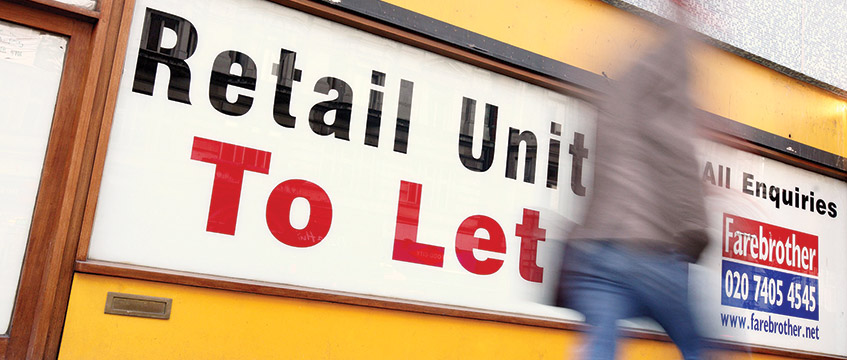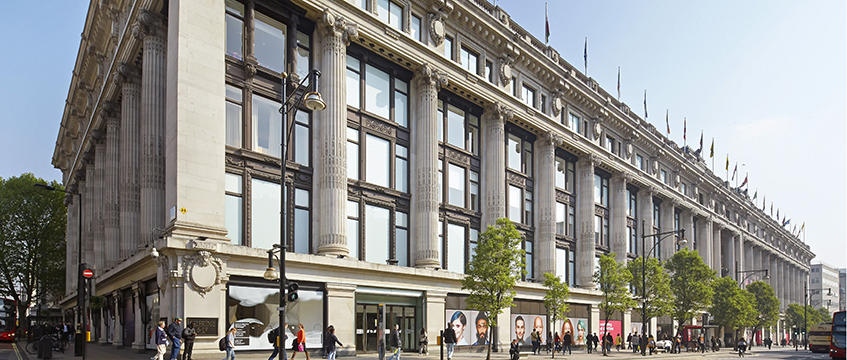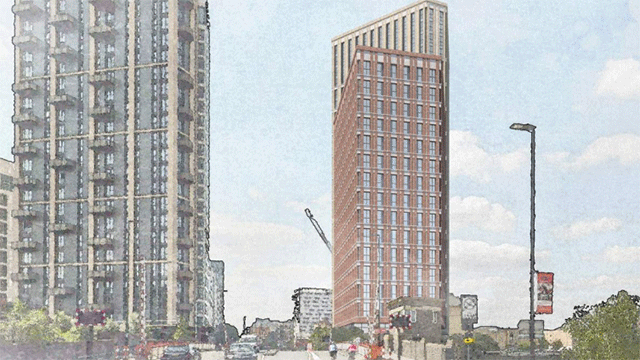The overall retail vacancy rate across Great Britain reached 13.2% during Q3, marking a “record increase” in shuttered shops across its regions.
Levels for the third quarter were up from 12.4% in Q2, according to the latest Vacancy Monitor from the British Retail Consortium and the Local Data Company.
The latest figures represent the ninth consecutive quarter of rising vacancy rates, since Q2 2018.
Shopping centre vacancies grew to 16.3%, from 14.3% in the previous quarter.
On the high street, the number of empty shops rose to 13.3% in Q3, up from 12.4% in Q2.
Vacancies at retail parks increased to 9.2%, from 8.3% in Q2.
By region, the North East recorded the highest vacancy rate at 18.6%, followed by Wales (18%) and the North West (16.4%).
Greater London absorbed the least impact regionally, with its level standing at 10%, while the South East posted an 11.9% rate. The East of England had a 13% vacancy rate.
Helen Dickinson, chief executive of the BRC, said: “With a second wave of the pandemic underway, we have seen a record increase in the number of shuttered shops.
“Shopping centres fared the worst among retail sites due to the higher proportion of fashion outlets, where consumer demand has been hit hardest. The uncertain climate has also meant that even those looking to expand are holding off making investments in new stores. As a result, we expect to see the retail vacancy rate continue to rise.”
Dickinson called for extended business rates relief to offset the impact of the pandemic, as the second wave rolls in.
She said: “If retailers see a return of 100% business rates next April, the consequences will be severe; the government should ensure that rates bills reflect current market reality by continuing a level discount at 50%, thereby creating a more sustainable cost base for businesses so they can continue to trade and invest in recovery and longer-term growth.
“Without this, there will be unnecessary store closures and the loss of thousands of otherwise viable jobs.”
Lucy Stainton, head of retail and strategic partnerships at the Local Data Company, said: “This is a record increase in any one quarter since we began tracking vacancy, and whilst it’s not right to assume that this spells the end of physical retailing, it does reflect the immense pressure on operators trading through a pandemic.
“This is compounded by the demonstrable lack of businesses looking to open new stores when sites become vacant.”
To send feedback, e-mail pui-guan.man@egi.co.uk or tweet @PuiGuanM or @estatesgazette











